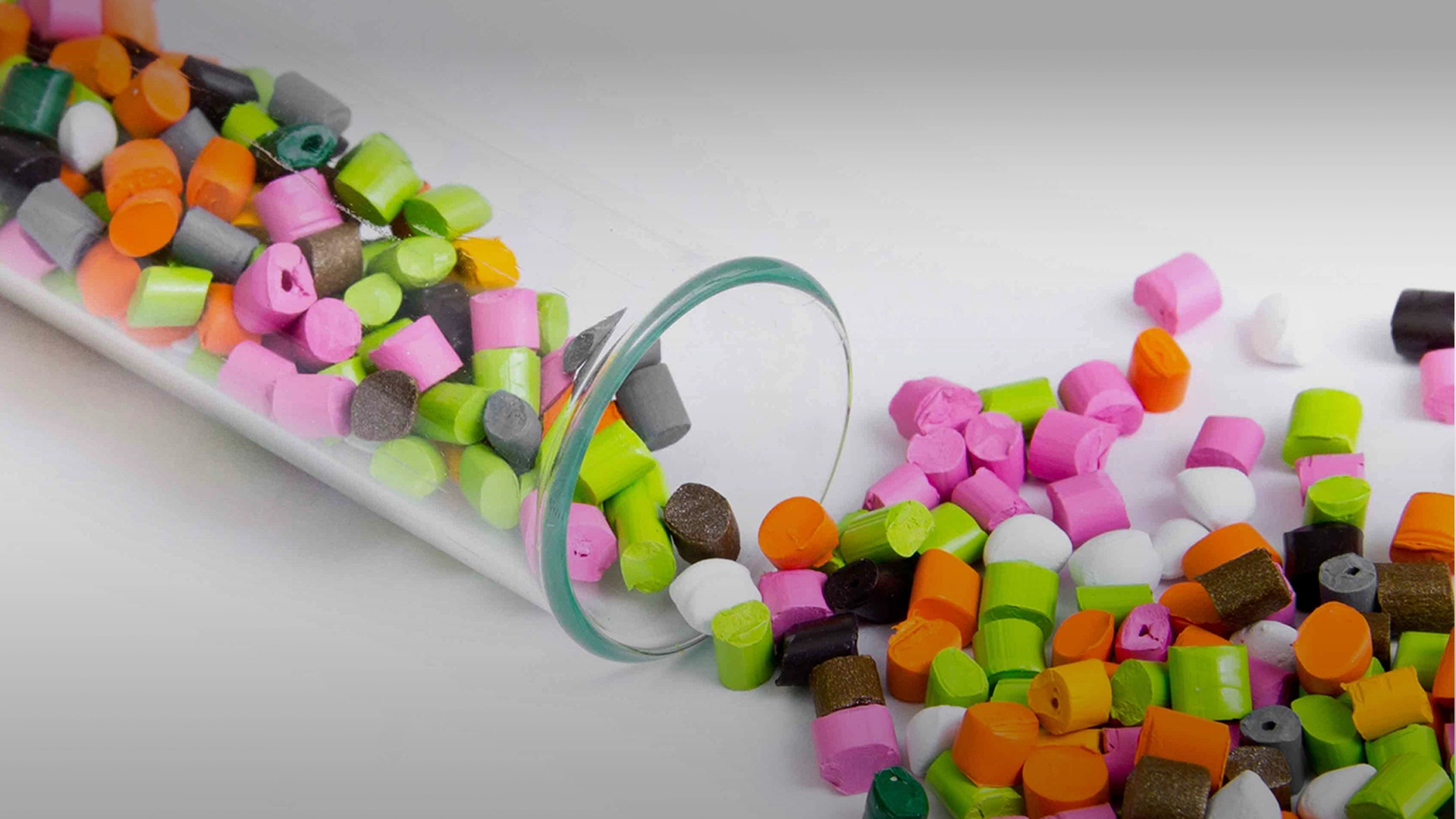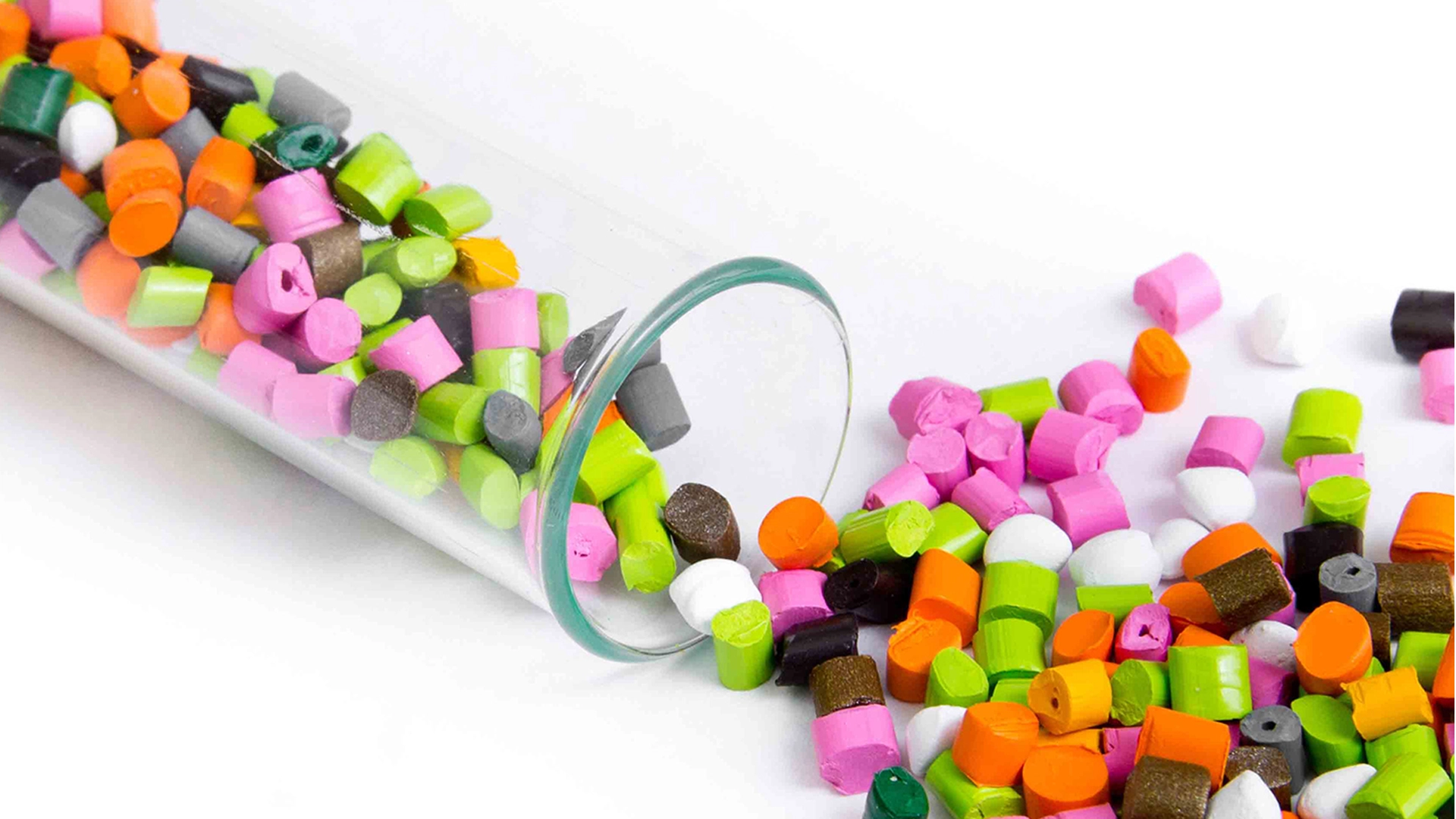The material selection for a medical device is an essential step along with healthcare device development.
A number of key elements, from physical performance to production limits up to the budget, drives designers and engineers into an appropriate assessment of available materials, leading to a solid and rational choice.
The material selection for a medical device starts from product requirements
The materials used in making a product define its design, cost (then market price), and performance.
Choosing the right material for a new medical device is fundamental to point out all the relevant requirements and assign them a priority.
At Creanova, all the requirements are collected in a document, the Project Requirements Document, the result of the first meetings with the client.
The PRD stands for a guide for our designers and engineers and leads to the materials subset which best matches the requirements.
The materials are selected in the first phases of the development. Due to the influence, the choice has on aesthetic appearance and engineering solutions, each material entails different guidelines to follow (e.g. thicknesses, the height of internal elements, tolerances, warpages, and shrinkages).
Let’s take a look at the criteria designers and engineers have to consider when choosing the materials for a medical device
- Mechanical properties
Mechanical properties are linked to the medical device’s functioning and they ensure the desired operation and the reliability of that device.
Properties such as strength, toughness, or resilience can be defined by medical regulations or by the client himself and will be validated with specific tests (e.g. drop, scratches, fatigue). - Surface properties
Surface properties are usually defined by the design team, but beyond the aesthetics of the medical device, it can refer to specific finishing driven by manufacturing constraints (e.g. scratch resistance, moldability) or by secondary processing (e.g. serigraphy, pad printing, and gluing). - Physical properties
Physical properties, such as density, thermal/ electrical conductivity and transparency, are related to each component and its functionality. Sometimes we have to choose a specific material if the component needs a secondary process (overmolding, ultrasonic soldering). - Chemical properties
Chemical properties for medical devices mainly revolve around the resistance of the material during the cleaning procedure. This procedure is defined by the client, the same that validates it at the end of the development.
We select the materials considering the agents which will be used and evaluate the kind of cleaning process: the presence of sterilization (thermal, radiation, gas) modifies the research, as does the request for resistance to UV rays.
Wearables deserve further evaluations considering the natural processes which can impact the material quality (e.g. sweating). - Biocompatibility
The biocompatibility has to be evaluated considering the regulation of the specific medical device and risk correlated to the usage: analyzing the typology of the interaction with the user and the duration of the usage, the material has to meet the certification requirements.
The biocompatibility requirements greatly reduce the amount of available materials and sometimes go in contrast with other wished requirements (for example self-extinguishing characteristic). - Rheological properties
Rheological properties refer to the capacity of the material to be transformed during the production process. Sometimes it can be necessary to select a specific material to simplify the injection molding, for example choosing a more fluid material. - Cost
Applying the previous criteria, designers and engineers get a subset of suitable materials among which the final choice is driven by cost-effectiveness.
The cost usually reflects the material’s performance, if the material boasts advanced and uncommon features, more it will cost. - Most used materials
The common most used materials for the development of a medical device are ABS, PC, PMMA, PC + ABS, ASA+PC, TPE, TPU, steel, and aluminum.
The higher the technical requirements applied to the project, the more specific the material chosen will be.
The selection of most advanced materials (like techno-polymers), which provides a wide range of mechanical, thermal, and technological properties, requires advanced molding parameters: the choice of this kind of material has to be avoided unless clearly necessary.

